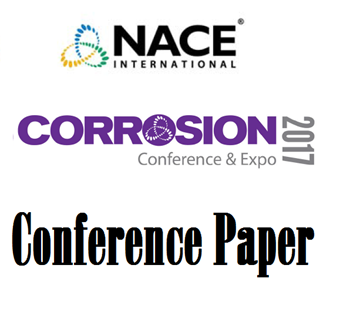Search
The use of Secondary Ion Mass Spectrometry (SIMS) in Quality Control of Electroplated and Baked High-Strength Steels
Also Purchased
03462 USE OF ZIRCONIUM IN MONOMERS PRODUCTION
Product Number:
51300-03462-SG
ISBN:
03462 2003 CP
$20.00
51314-4107-Development of Centrifugally Cast 22 % Cr Duplex Steel for Line Pipe
Product Number:
51314-4107-SG
ISBN:
4107 2014 CP
Publication Date:
2014
$20.00
51317--9672-Optimization of CP Design with Consideration of Temperature Variation for Offshore Structure
Product Number:
51317--9672-SG
ISBN:
9672 2017 CP
Publication Date:
2017
$20.00




